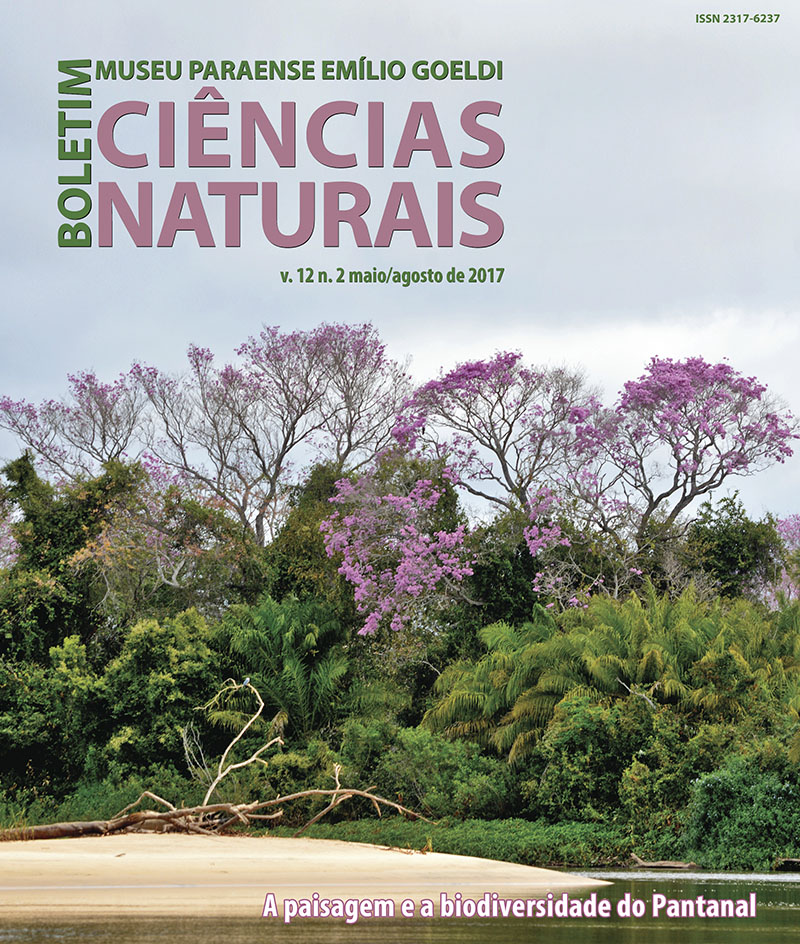Geotechnology as support for the management of conservation units in Brazil's Pantanal
DOI:
https://doi.org/10.46357/bcnaturais.v12i2.388Keywords:
Landsat, NDVI, Remote sensing, Surface reflectanceAbstract
The aim of this paper is to study temporal variations in vegetation indices as a tool for monitoring the integral protection conservation units (parks, reserves, and ecological stations) in the Brazilian Pantanal, giving support to environmental management actions in these areas. The study was carried out in five conservation units. Evaluated data, beside the Normalized Difference Vegetation Index (NDVI), included information on wildfires and deforestation. Analyses showed that the Taiamã Ecological Station, the Pantanal Matogrossense National Park, and the Encontro das Águas State Park presented high vegetation indices, showing their effectiveness as areas of environmental protection. Although this latter state park presented one fire hotspot in 2015, there was significant improvement in this park. The Guirá State Park and the Pantanal of Rio Negro State Park presented relatively low NDVI values when compared with other analysed areas. The aggravating factor was that in the Rio Negro park 36 fire hotspots occurred in 2007, demonstrating the need for more vigorous monitoring and management of this protected area.
Downloads
Published
Issue
Section
License
Publication means fully assigning and transferring all copyrights of the manuscript to the journal. The Liability Statement and
Assignment of Copyrights will be enclosed with the notice of acceptance. All the authors must sign the document and return it to the journal.








